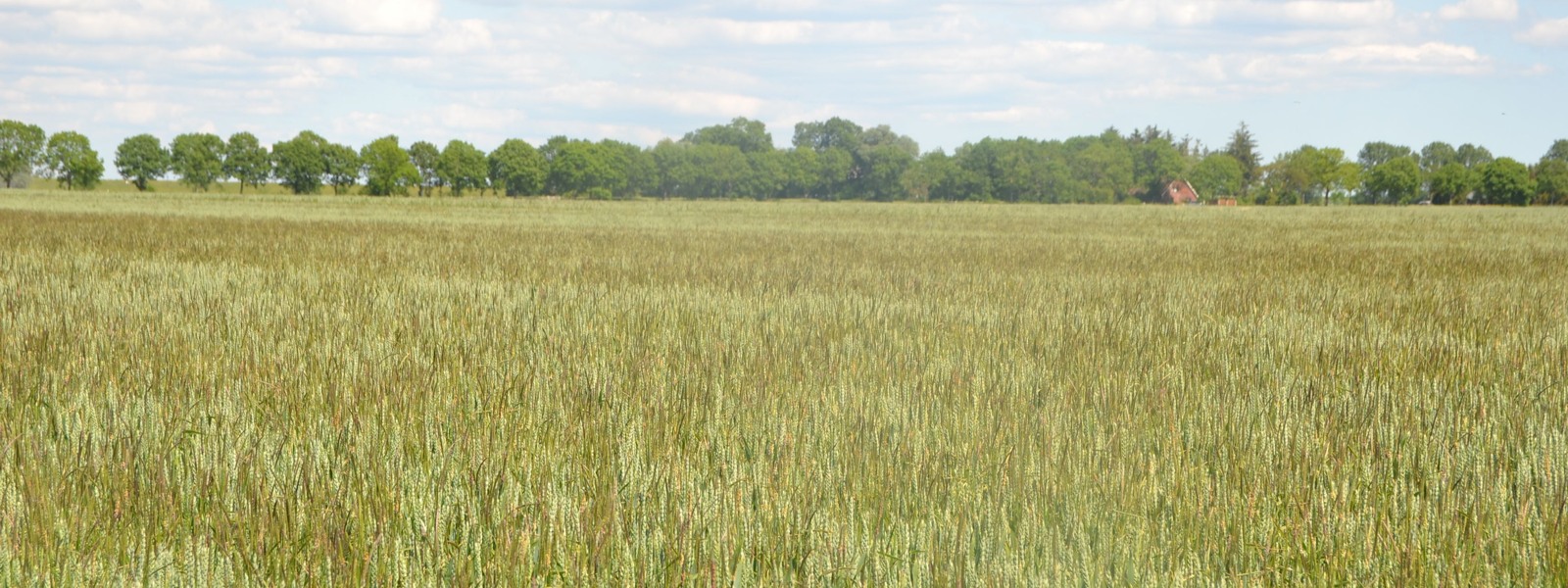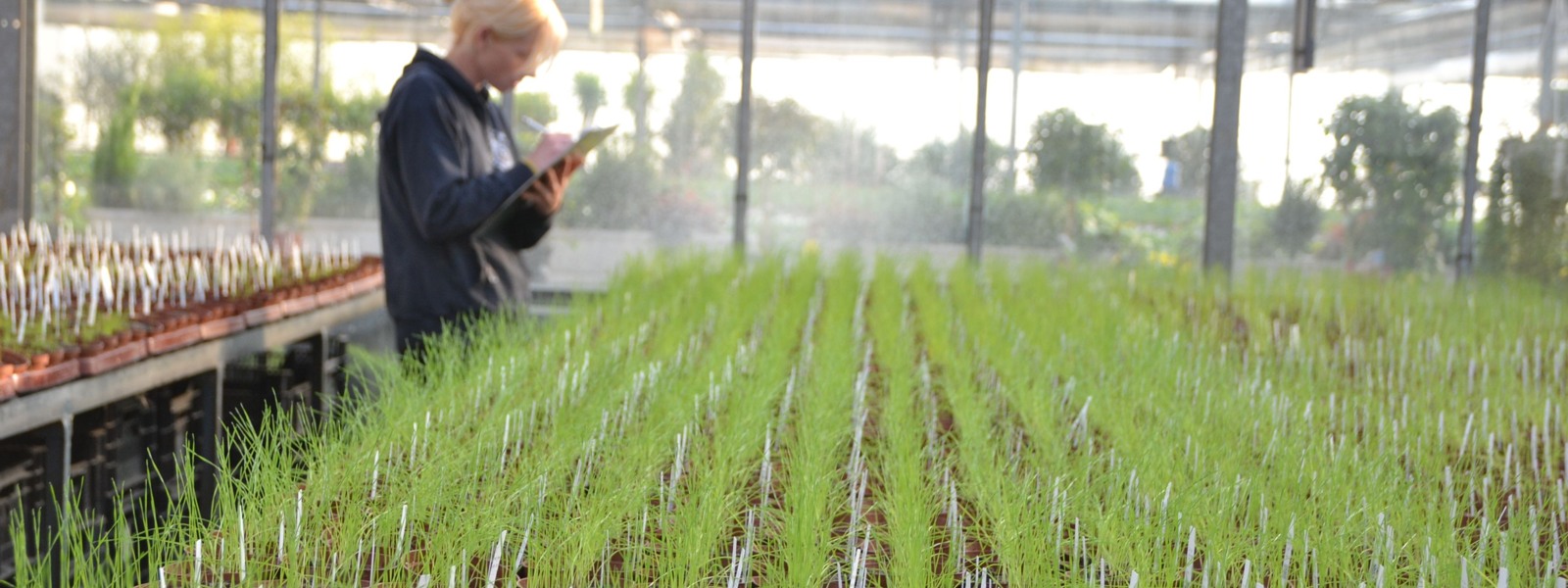|
Sensitivity Test |
Resistance Test |
Leaf Test |
Resistance Profiles |
||
| When is the test used? | Prior to the herbicide application in late autumn and in spring (before March) for determining the herbicide with best efficacy |
In case of bad efficacy approx. four weeks after application of herbicides |
When a bad efficacy four weeks after using a ACCase-, ALS- or PSII inhibitor is evident |
Bad effect of the applied products, collection of seeds at the end of the season |
|
| What type of sample is needed? |
100 complete plants (ALOMY; APESV, LOLSS, BROSS) with earth bales per test herbicide |
100 complete plants (ALOMY; APESV, LOLSS, BROSS) with earth bales (tillering plants) |
Leaf sample of 8 individual plants |
For example for ALOMY collect 200 ml of seed |
|
| What statement does the farmer/client get? |
Which of the tested herbicides has the highest efficacy, how far rates can be reduced or whether there exist any resistance |
Detection of resistance against the applied herbicide |
Proof of the occurrence of a target-site resistance (SNP analysis) |
A profile of the effect against various herbicides and determination of the resistance mechanisms (Biotest + SNP analysis) |
|
| What strategies can the farmer develop with his adviser? |
Optimization of choice and thus savings of operating costs, no unnecessary applications, long term planning of the herbicide strategy |
Confirmation of a suspected resistance against the applied herbicide and exclusion of application errors |
Confirmation of resistance to the applied herbicide and derivation of possible cross-resistance to other herbicides of the same MoA |
Profile of products, that are and will be used over a long term. Confirmation of resistance, identify the herbicides with fully or partly efficacy, therefore long term planning of the herbicide strategies |
|
|
|
|||||
|
Testing of compounds |
SNP analysis |
Baseline Sensitivity |
Resistant Seeds |
||
| When is the test used? |
Identification of synergistic or antagonistic effects, screening the effects of additives on individual weed species |
When a detection of SNPs and its genotyping is to be performed |
Description the baseline sensitivity of weeds |
Distribution of resistant weeds with defined target-site resistance for testings and research. |
|
| What type of sample is needed? |
Seeds of various weeds |
Leaf samples from individual plants |
Seeds of different origins of weed species that had not come from locations with resistance |
The starting material is seed from fields |
|
| What statement does the farmer/client get? |
Efficacy profile of a herbicide or a herbicide mixture . |
Occurrence of the SNP, sequence analysis of the SNP’s surrounding areas |
A baseline sensitivity of the species on the basis of the seed collections |
Seeds with information about the germination rate and the frequency of the respective TSR genotypes |
|
| What strategies can the client develop? | Strategic direction in research and development |






